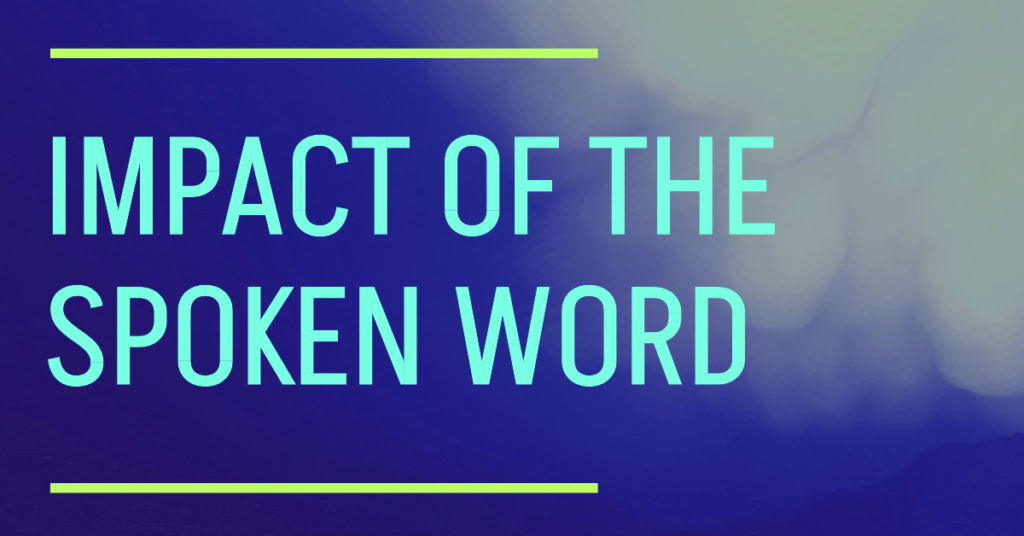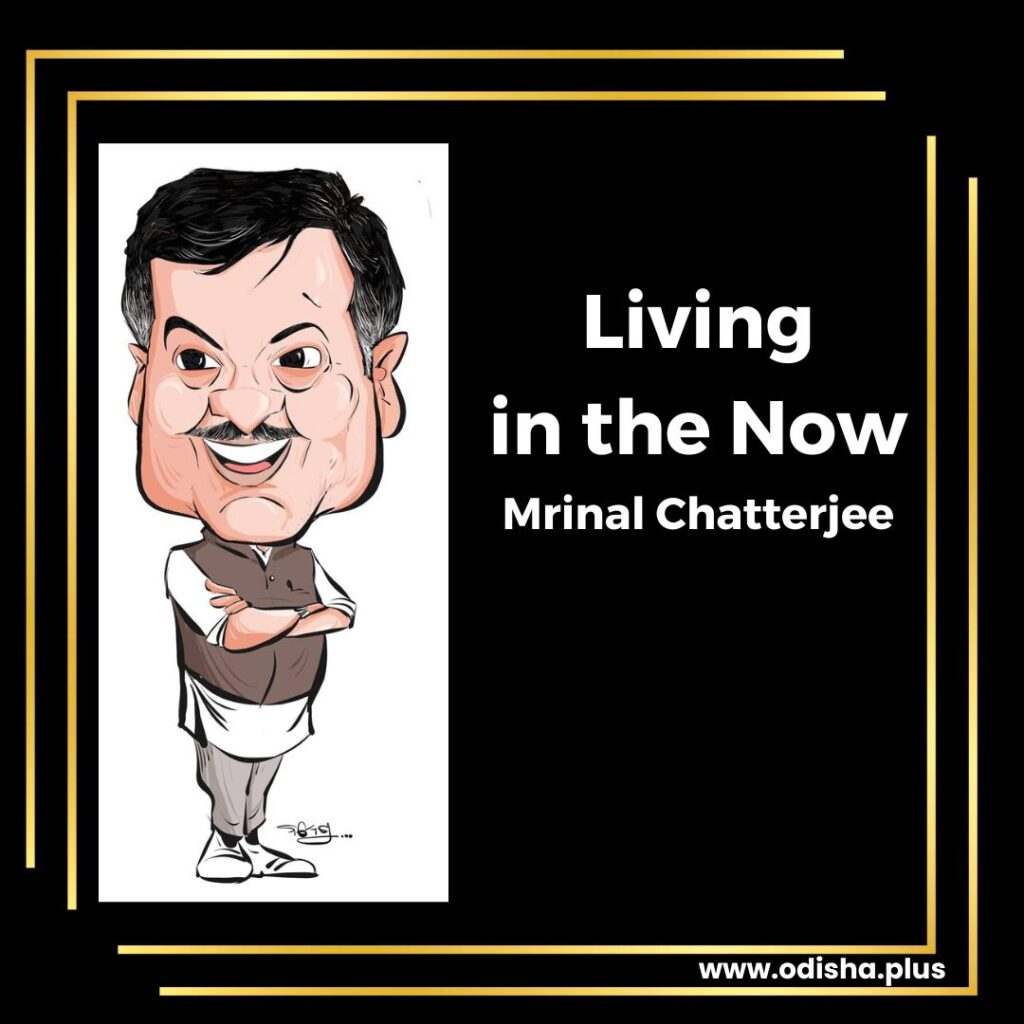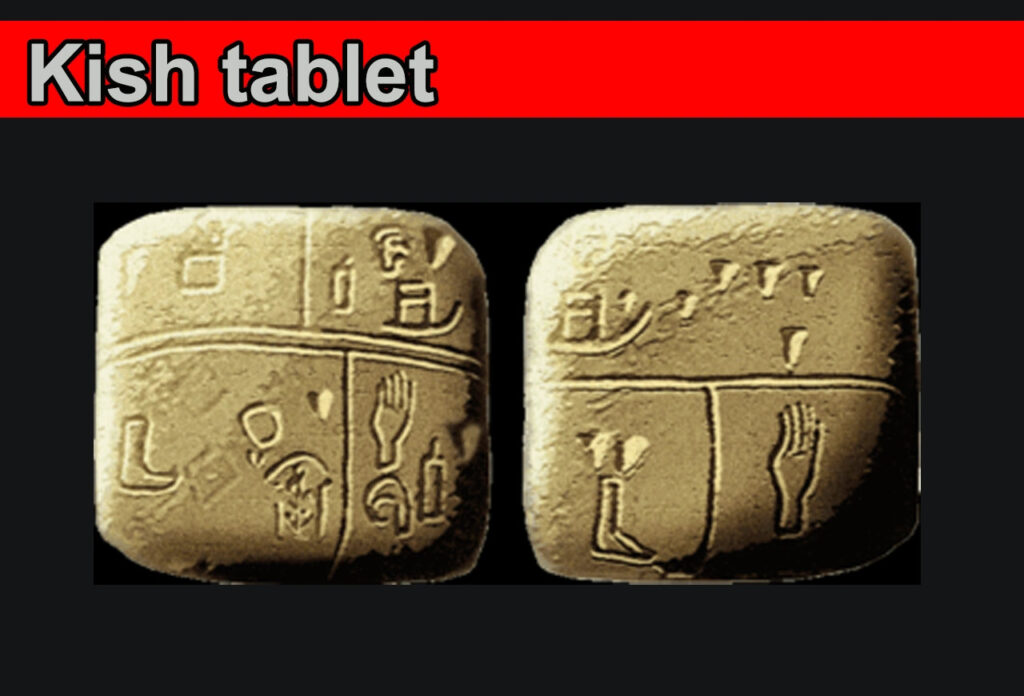Prof Mrinal Chatterjee

Researchers have long debated when humans started talking to each other. Estimates range wildly, from as late as 50,000 years ago to as early as the beginning of the human genus more than 2 million years ago. But words leave no traces in the archaeological record. However, several studies indicate that the first speech sounds were uttered about 70,000 years ago.
There have been several theories as to how words emerged. The first theory is that language started with people making different sounds, mostly imitating the things around them, like animal calls, nature sounds and the sounds of tools. Eventually they started using these sounds to talk to each other.

Another theory is is that people started off by gesturing – pointing at things with their hands, imitating actions using their bodies and making faces. Eventually these gestures turned into full sign language. After developing sign languages, people eventually started making sounds along with their gestures. At some point, they switched to mostly making sounds that became words instead of just using their bodies. The reason they switched to making sounds, the theory goes, is that talking out loud lets you communicate with someone even when you can’t see them.
There have been several opinions over the question: What is the first language of the world? According to some anthropologists and linguists, Sumerian can be considered the first language in the world. The oldest proof of written Sumerian was found on the Kish tablet in today’s Iraq, dating back to approximately 3500 BC.

The world has come a long way since then. There are many ways of communication. However, the impact of impact of spoken word, or oral communication is still significant in various aspects of human interaction and society.
Clear and effective verbal communication is essential in personal interactions, professional settings, education, and public speaking. It enables people to understand one another, collaborate, and achieve common goals. Spoken word plays a vital role in shaping social norms, cultural practices, and collective identity. The power of spoken word is often seen in its ability to persuade and influence others.
Unfortunately, in our society common human courtesy is taking a back seat. This you can experience by the way people not known to each other speak to each other in the market places, at railway stations, in public places. Most of the time, people tend to yell at others. It creates a vicious circle, vitiating the atmosphere.
Most of these problems could be avoided if we speak softly. Researchers at Kenyon College conducted a test in cooperation with the US Navy. The purpose was to discover how the tone of the voice affected sailors when they were given orders. The experiments revealed that the way a person was addressed determined to a large extent the kind of response he would make.
For example, when an individual was spoken to in a soft voice, he would answer in a similar manner. But when he was shouted at, his reply came back in the same sharp tone. This was true whether the communication was given face-to-face, over the intercom, or by telephone.
With yellers there is a tendency to yell back at him or her. However, other research has shown that if we answer a yeller softly in a soft tone of voice, he will have to lean forward to hear what we are saying and tend to lower his own volume.
Richard De Haan wisely said, “What we say and how we say it not only makes a difference in the reaction we’ll receive, but it also determines whether conflict or peace will result. Many arguments could be avoided and tense situations relaxed if we understood and practiced this truth.”
(The author is Regional Director Indian Institute of Mass Communication, IIMC Dhenkanal. Views are personal)



























